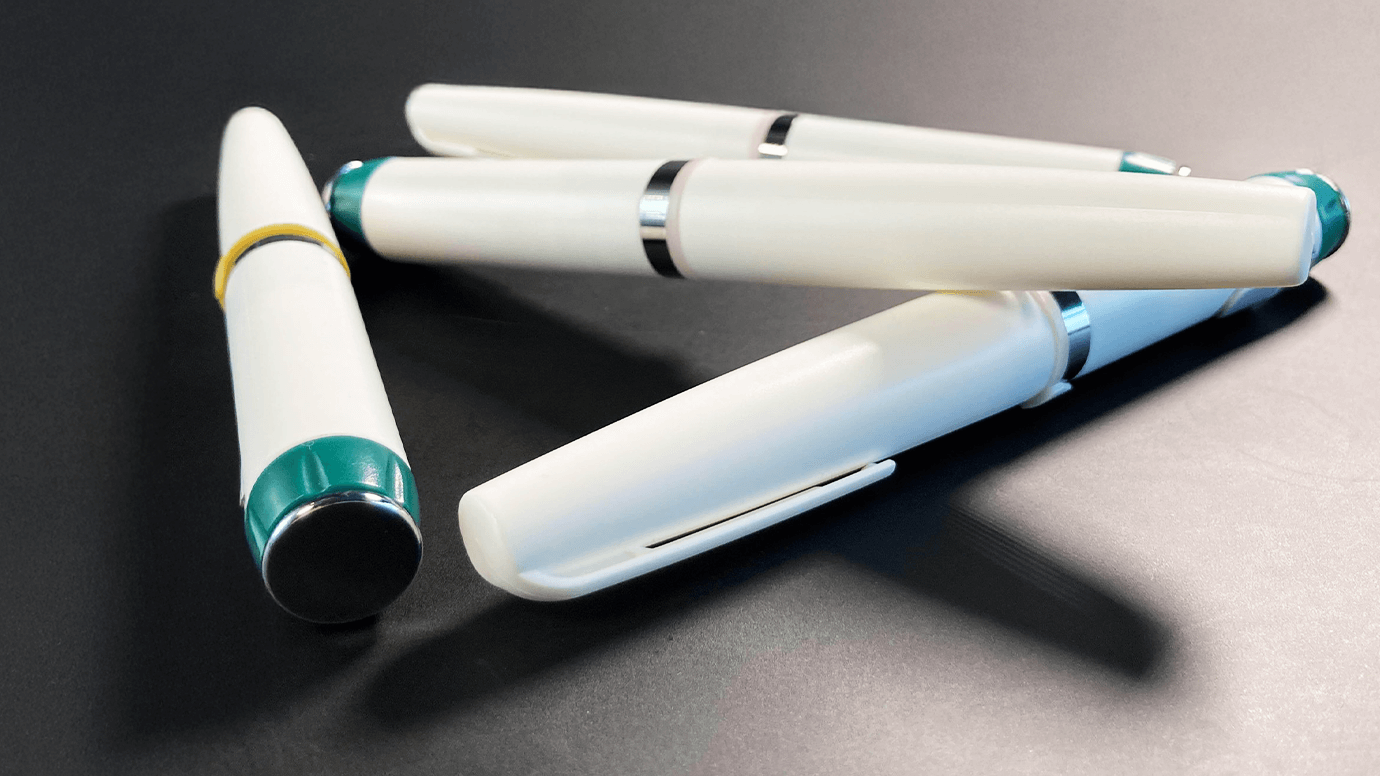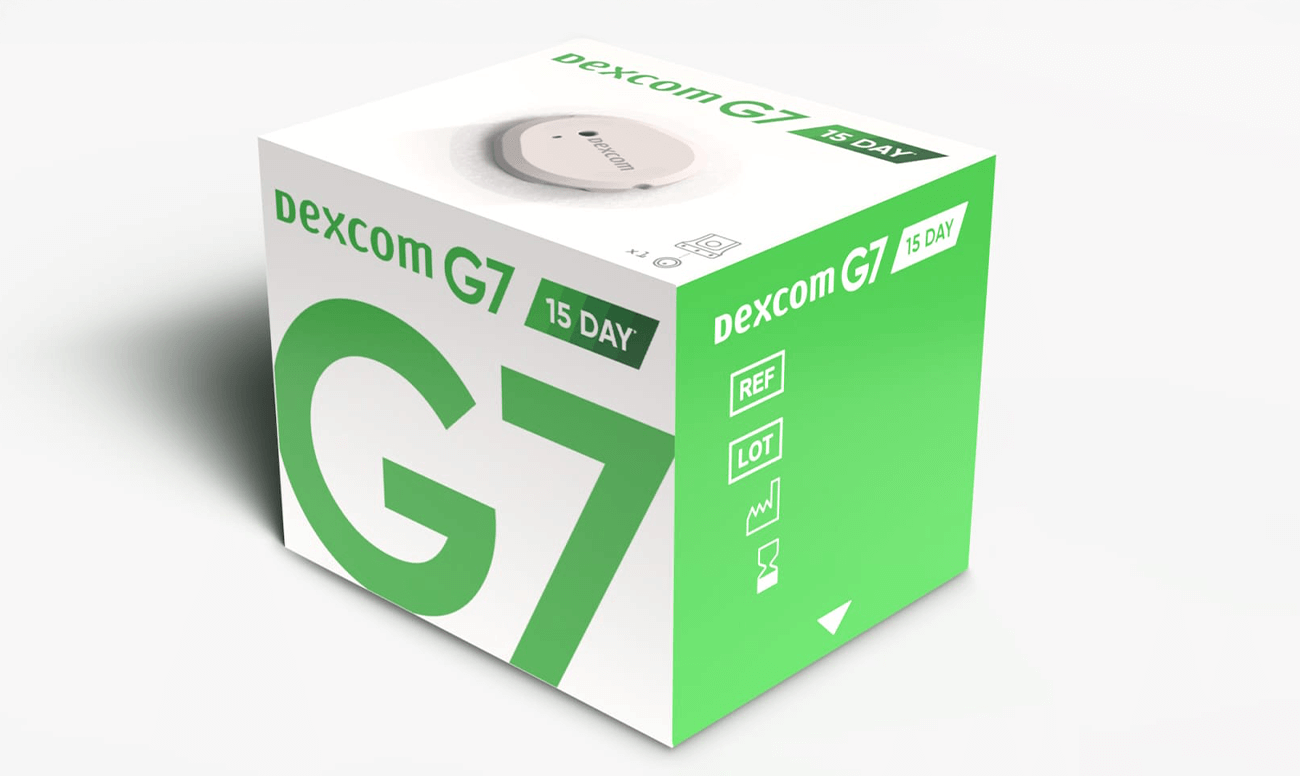A Safety, Tolerability, and Efficacy Study of VC-02™ Combination Product in Subjects With Type 1 Diabetes Mellitus and Hypoglycemia Unawareness
Written by: Beyond Type 1 Editorial Team
2 minute read
March 23, 2020
Learn about the phase 1 + 2 clinical trial by ViaCyte testing its VC-02 device implant for safety and effectiveness over two years.
Sponsored by ViaCyte, in collaboration with California Institute for Regenerative Medicine (CIRM)
Focus Areas: Beta Cell Therapies
What is This Study?
In this Phase 1 and Phase 2 trial also known as PEC-Direct, ViaCyte is testing whether or not their VC-02 device can be implanted and maintained safely for up to two years, as well as if the product can be an effective treatment. The device contains ViaCyte’s PEC-01 cells, which are derived from stem cells and designed to mature into human pancreatic islet cells, including glucose-responsive insulin-secreting beta cells, following implant.
Why do We Care?
There is a lot to be excited about here! If PEC-01 cells prove to be functional, this would solve a major barrier to beta cell therapy—a lack of donor beta cells. In October of 2019, ViaCyte presented positive preliminary data that showed their PEC-01 cells are capable of producing C-peptide in patients with type 1 diabetes. C-petide is a biomarker for insulin and is used for assessing insulin-producing cells in patients with type 1 diabetes (T1D). Unlike their other trial, PEC-Encap, this trial is only for high-risk patients, as it requires immunosuppression.
When Might we See Results?
Preliminary results were presented in October 2019, and the estimated primary completion date is late 2020 (with a secondary completion date of March 2022)
Further Reading
[landingposts posttype=”page,post” invisible=”VC02″ content=”subtitle” image=”full” display=”2″]
Stay tuned for in-depth coverage from Beyond Type 1 on the results of this study. To learn more about this trial click here
Find a Type 1 Trial Near You

Author
Beyond Type 1 Editorial Team
Beyond Type 1 is the largest diabetes org online, funding advocacy, education and cure research. Find industry news, inspirational stories and practical help. Join the 1M+ strong community and discover what it means to #LiveBeyond a diabetes diagnosis.
Related Resources

Sponsored by Indiana University Focus Areas: Beta Cell Therapies What is This Study? In this...
Read more

Managing diabetes is hard enough, and the high cost of continuous glucose monitors (CGMs), insulin...
Read more

People with diabetes in the U.S. will soon have access to Dexcom’s newest continuous glucose...
Read more

